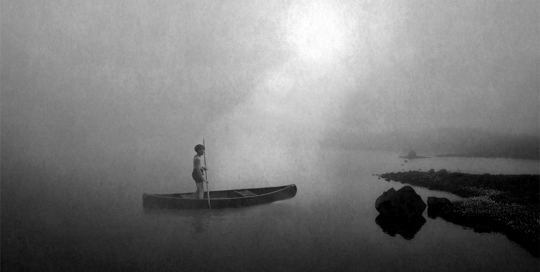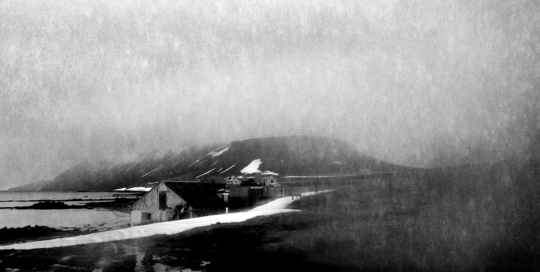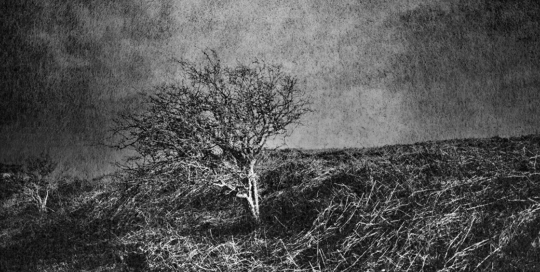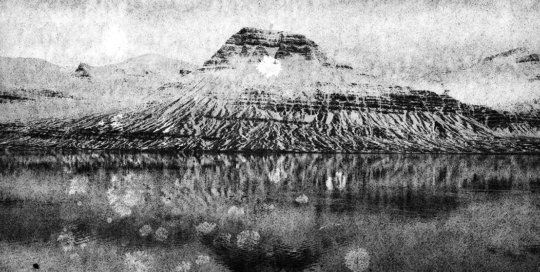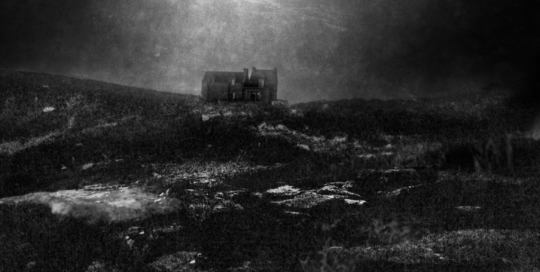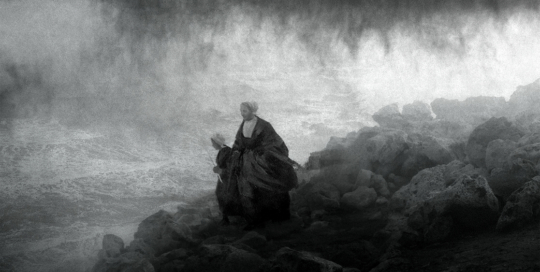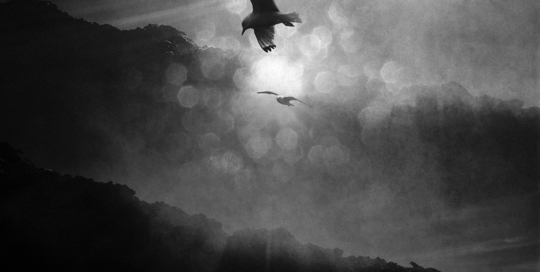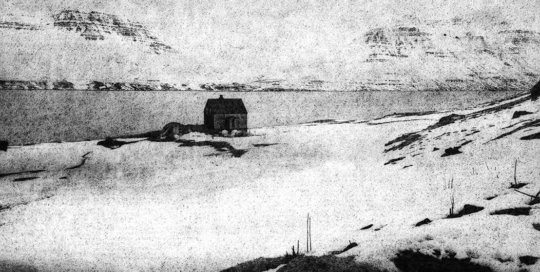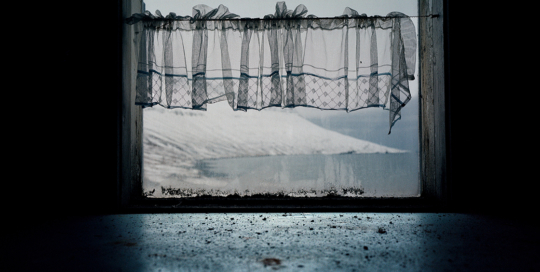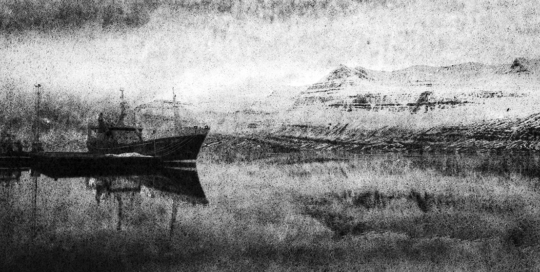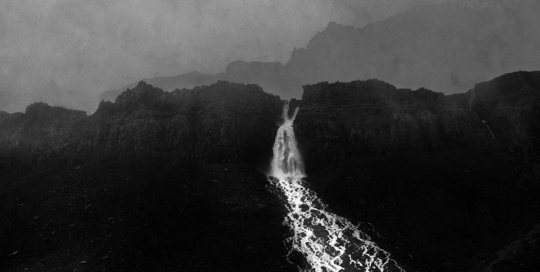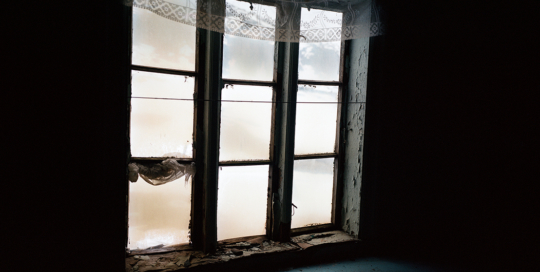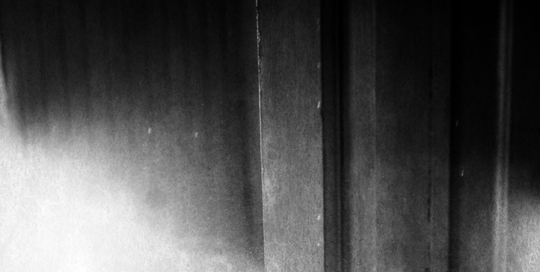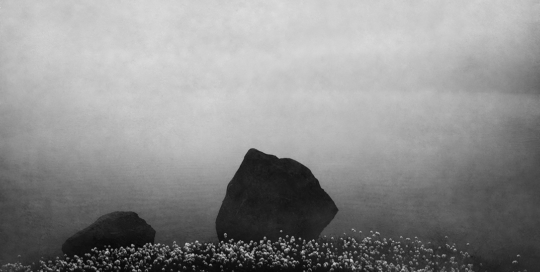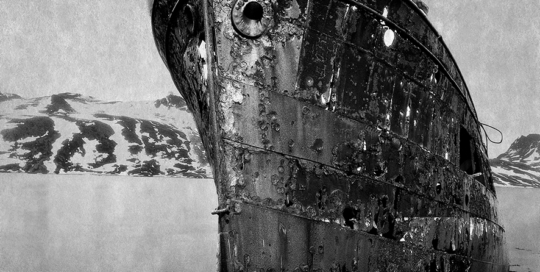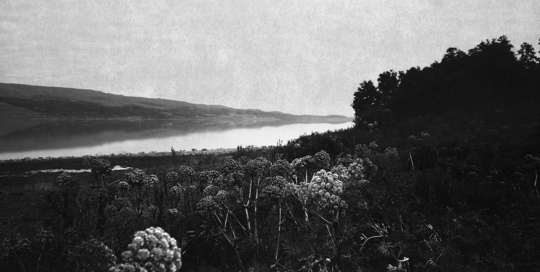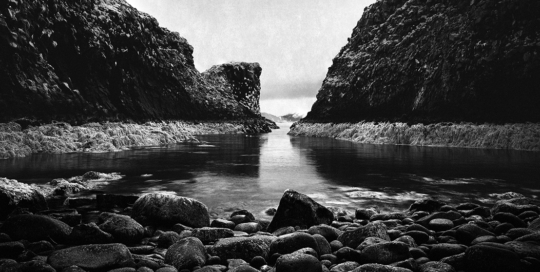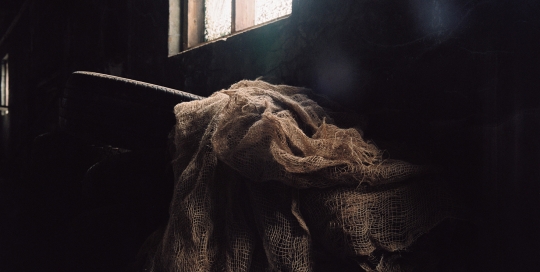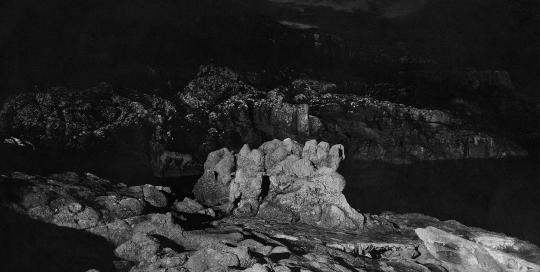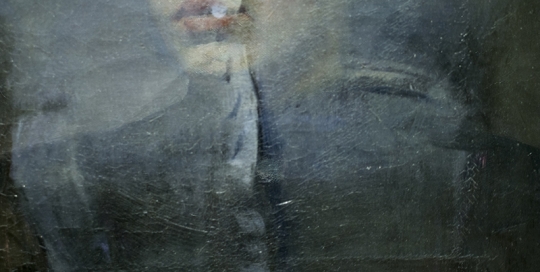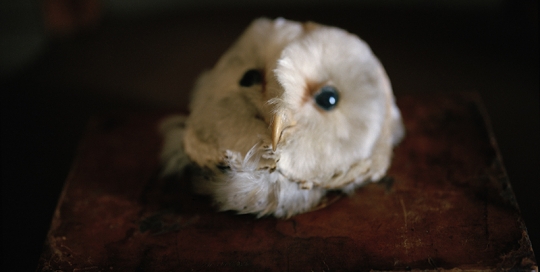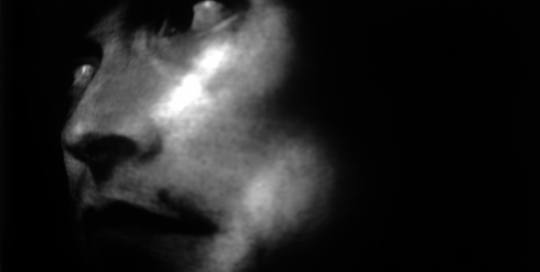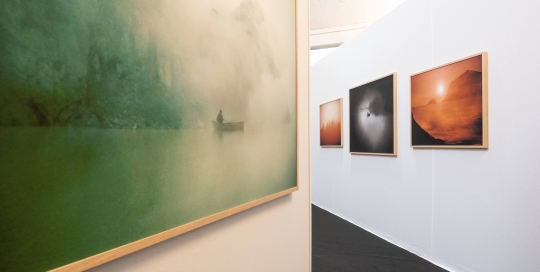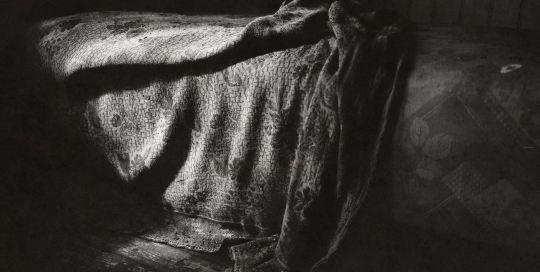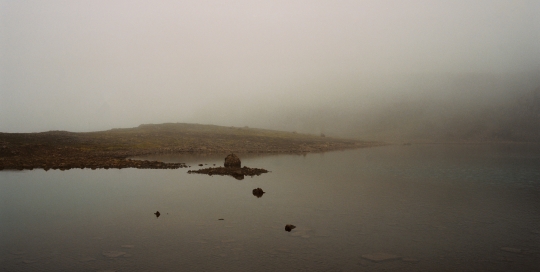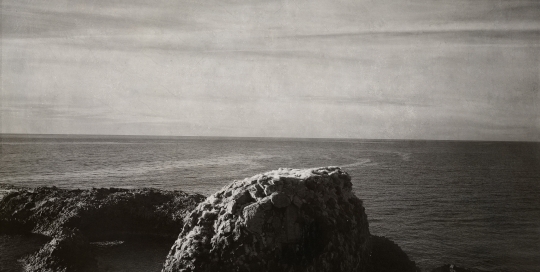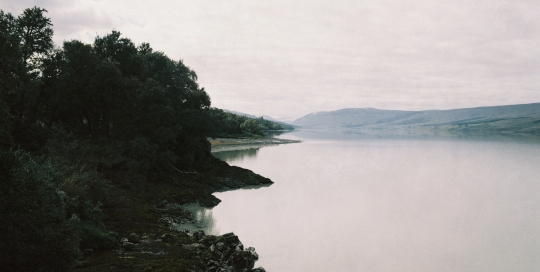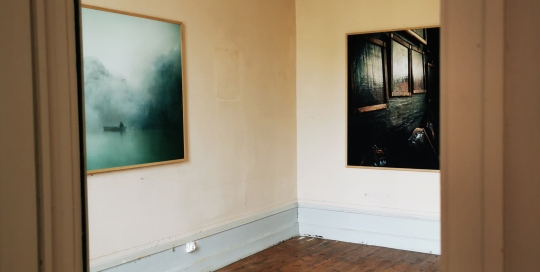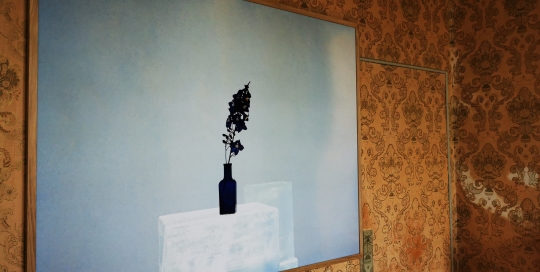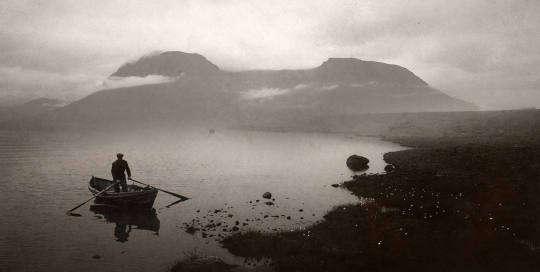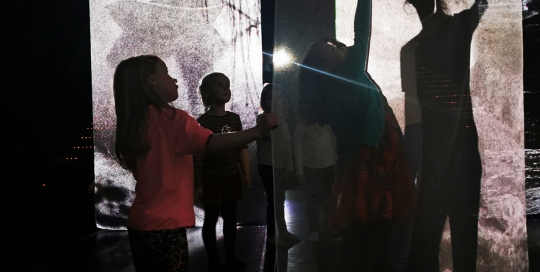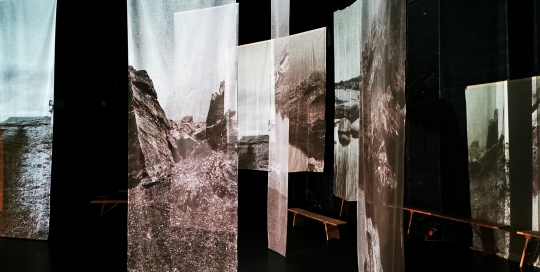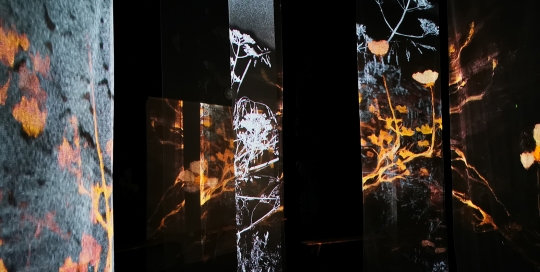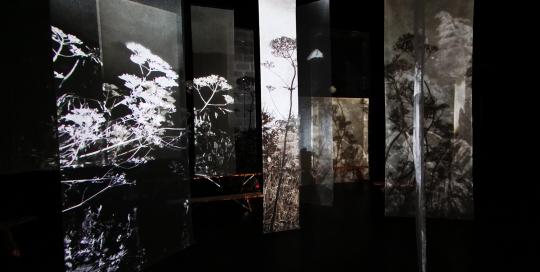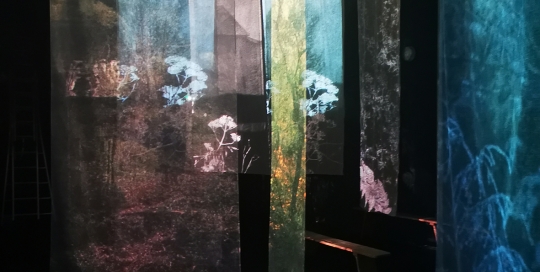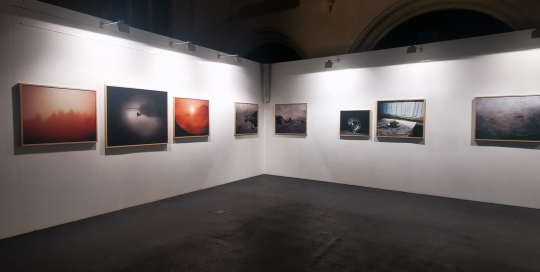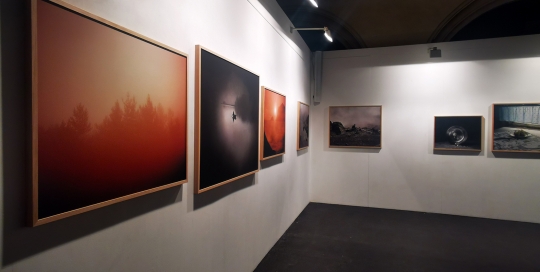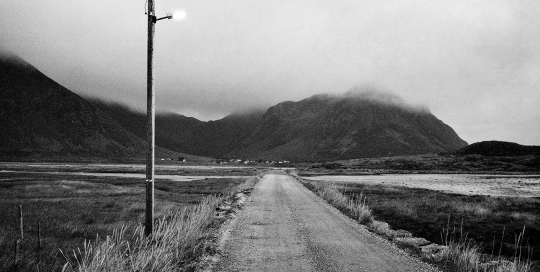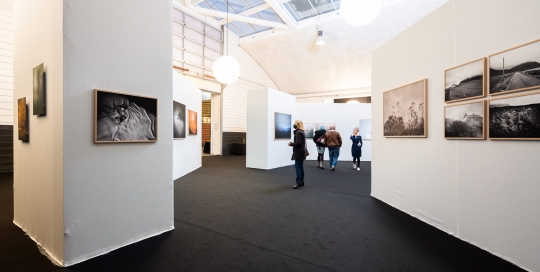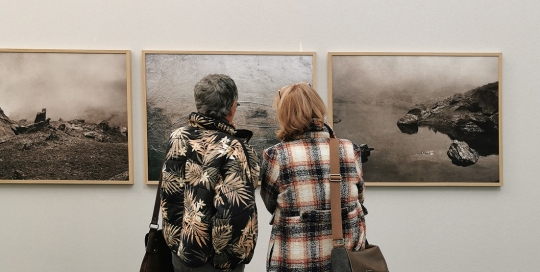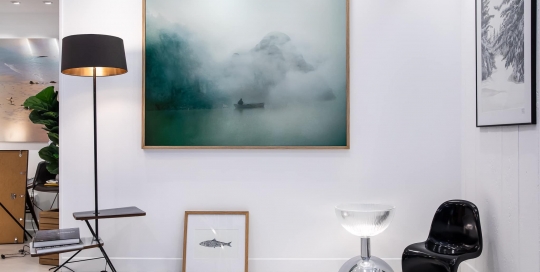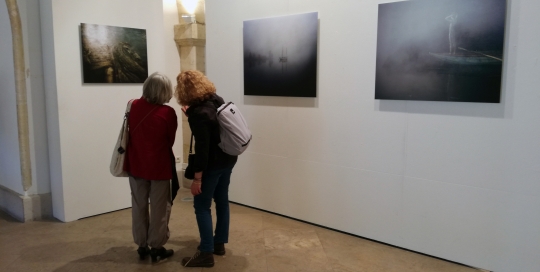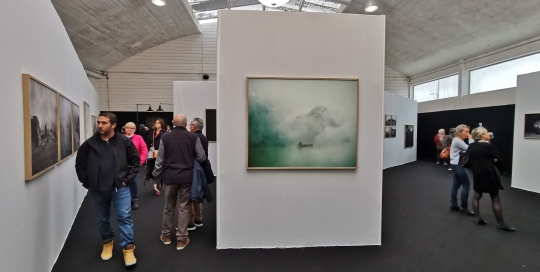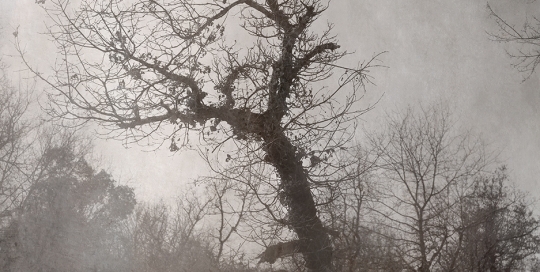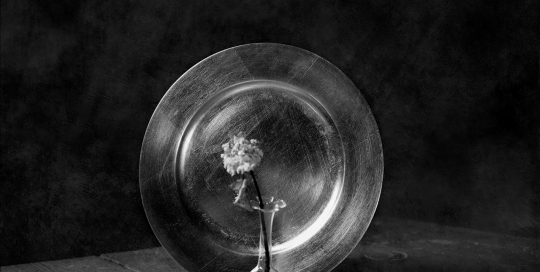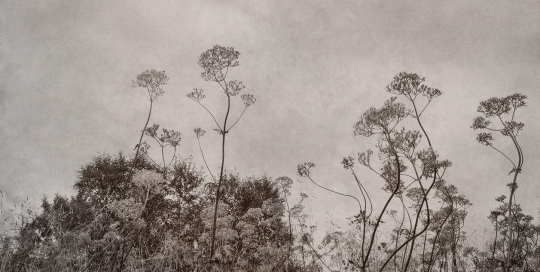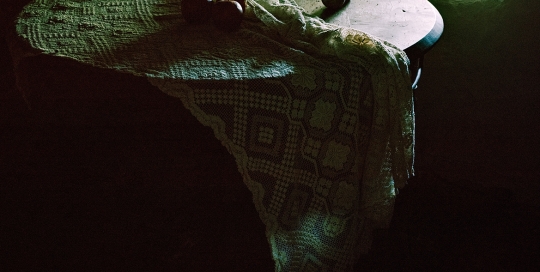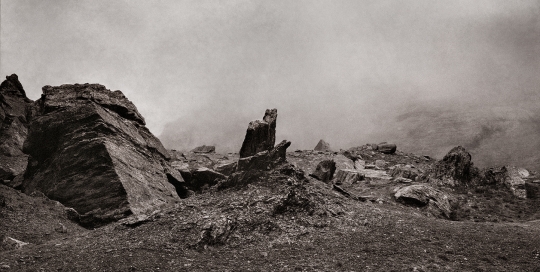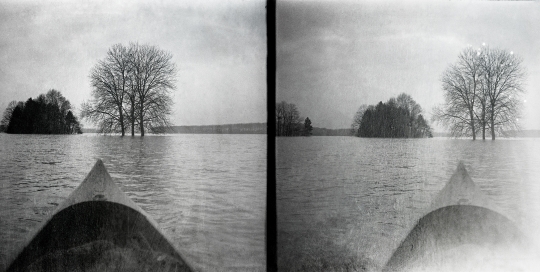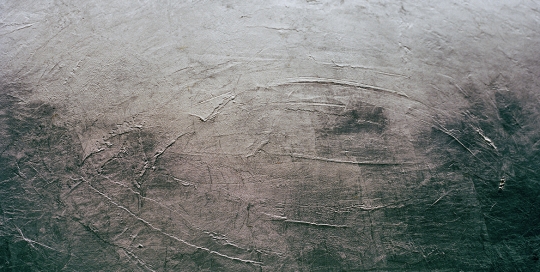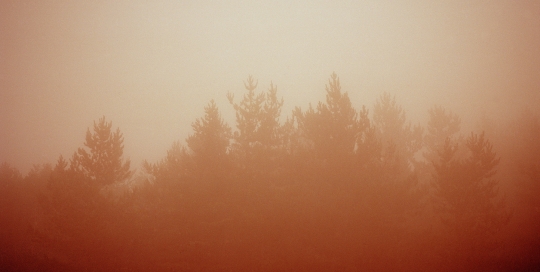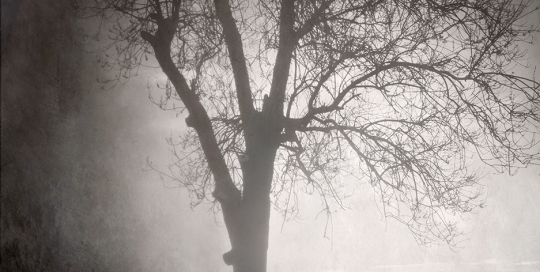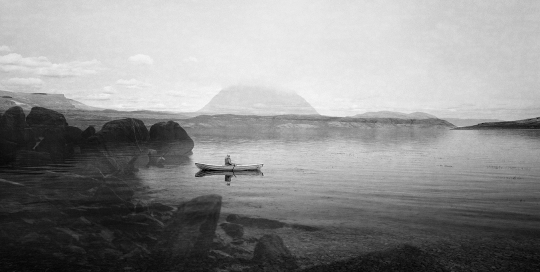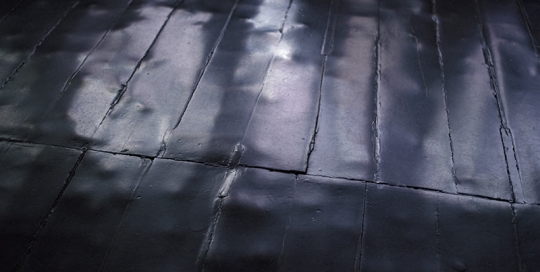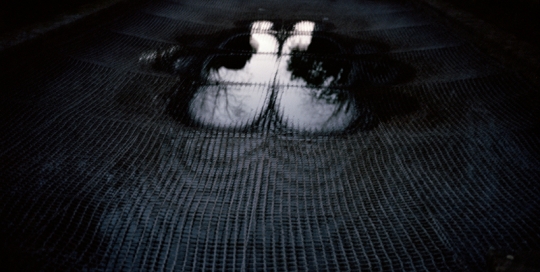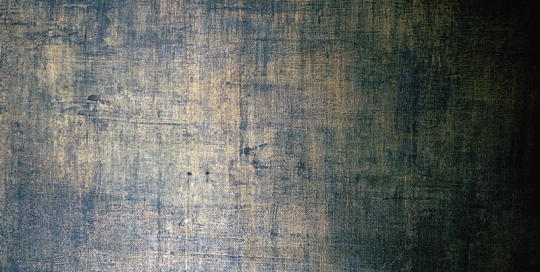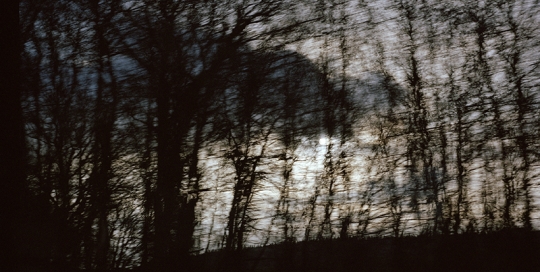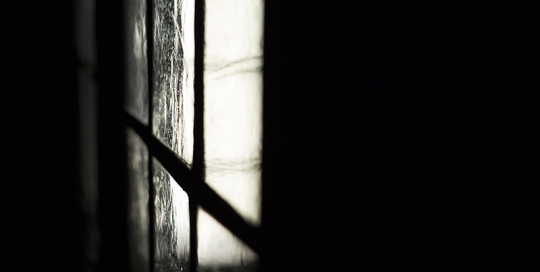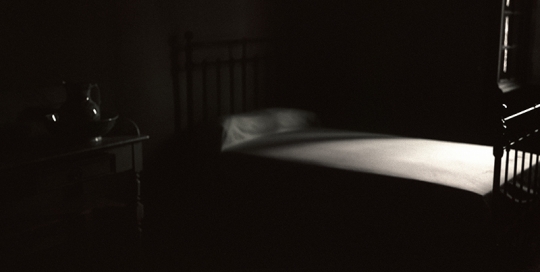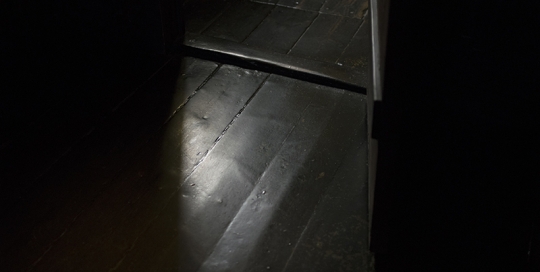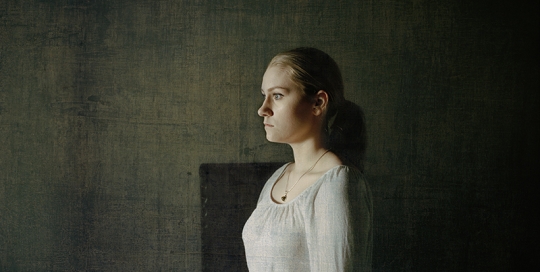Le Murmure des Égarés / Réseau Lux # 1 / Itinéraires des Photographes Voyageurs / Paris Novembre-décembre 2024
Vues d'exposition
Le Murmure des Égarés rassemble des images et des sons réalisés en Islande au printemps 2024.
Avec Emmanuel Faivre, nous avons suivi les pas des marins-pêcheurs bretons partis pêcher la morue dans les eaux glacées d’Islande dont certaines goélettes débarquaient dans le port morutier de La Rochelle. Notre envie est de rappeler à la mémoire ces «Islandais» dont beaucoup ne revinrent jamais au pays. Faire entendre leur voix, ne serait-ce que par un murmure… Le Murmure des Égarés.
Exposition Réseau Lux #1, présentée par Itinéraires des Photographes Voyageurs.
Paris 9 ème, la Poste Rodier, rue de la Tour d’Auvergne du 6 novembre au 8 décembre 2024
Évènement soutenu par @culture_gouv @paris_maville @mairie9paris @laposte_immobilier @Fisheyelemag @mmf_pro @initiallabo @epsonfrance
Soutenu par le Centre Intermondes-Humanités Océanes-La Rochelle.
Le Murmure des Égarés / Réseau Lux # 1 / Itinéraires des Photographes Voyageurs / Paris Novembre-décembre 2024
Vues d'exposition
Le Murmure des Égarés rassemble des images et des sons réalisés en Islande au printemps 2024.
Avec Emmanuel Faivre, nous avons suivi les pas des marins-pêcheurs bretons partis pêcher la morue dans les eaux glacées d’Islande dont certaines goélettes débarquaient dans le port morutier de La Rochelle. Notre envie est de rappeler à la mémoire ces «Islandais» dont beaucoup ne revinrent jamais au pays. Faire entendre leur voix, ne serait-ce que par un murmure… Le Murmure des Égarés.
Exposition Réseau Lux #1, présentée par Itinéraires des Photographes Voyageurs.
Paris 9 ème, la Poste Rodier, rue de la Tour d’Auvergne du 6 novembre au 8 décembre 2024
Évènement soutenu par @culture_gouv @paris_maville @mairie9paris @laposte_immobilier @Fisheyelemag @mmf_pro @initiallabo @epsonfrance
Soutenu par le Centre Intermondes-Humanités Océanes-La Rochelle.
Le Murmure des Égarés / Réseau Lux # 1 / Itinéraires des Photographes Voyageurs / Paris Novembre-décembre 2024
Vues d'exposition
Le Murmure des Égarés rassemble des images et des sons réalisés en Islande au printemps 2024.
Avec Emmanuel Faivre, nous avons suivi les pas des marins-pêcheurs bretons partis pêcher la morue dans les eaux glacées d’Islande dont certaines goélettes débarquaient dans le port morutier de La Rochelle. Notre envie est de rappeler à la mémoire ces «Islandais» dont beaucoup ne revinrent jamais au pays. Faire entendre leur voix, ne serait-ce que par un murmure… Le Murmure des Égarés.
Exposition Réseau Lux #1, présentée par Itinéraires des Photographes Voyageurs.
Paris 9 ème, la Poste Rodier, rue de la Tour d’Auvergne du 6 novembre au 8 décembre 2024
Évènement soutenu par @culture_gouv @paris_maville @mairie9paris @laposte_immobilier @Fisheyelemag @mmf_pro @initiallabo @epsonfrance
Soutenu par le Centre Intermondes-Humanités Océanes-La Rochelle.
Le Murmure des Égarés / Réseau Lux # 1 / Itinéraires des Photographes Voyageurs / Paris Novembre-décembre 2024
Vues d'exposition
Le Murmure des Égarés rassemble des images et des sons réalisés en Islande au printemps 2024.
Avec Emmanuel Faivre, nous avons suivi les pas des marins-pêcheurs bretons partis pêcher la morue dans les eaux glacées d’Islande dont certaines goélettes débarquaient dans le port morutier de La Rochelle. Notre envie est de rappeler à la mémoire ces «Islandais» dont beaucoup ne revinrent jamais au pays. Faire entendre leur voix, ne serait-ce que par un murmure… Le Murmure des Égarés.
Exposition Réseau Lux #1, présentée par Itinéraires des Photographes Voyageurs.
Paris 9 ème, la Poste Rodier, rue de la Tour d’Auvergne du 6 novembre au 8 décembre 2024
Évènement soutenu par @culture_gouv @paris_maville @mairie9paris @laposte_immobilier @Fisheyelemag @mmf_pro @initiallabo @epsonfrance
Soutenu par le Centre Intermondes-Humanités Océanes-La Rochelle.

Le Murmure des Égarés / Réseau Lux # 1 / Itinéraires des Photographes Voyageurs / Paris Novembre-décembre 2024
Vues d'exposition
Le Murmure des Égarés rassemble des images et des sons réalisés en Islande au printemps 2024.
Avec Emmanuel Faivre, nous avons suivi les pas des marins-pêcheurs bretons partis pêcher la morue dans les eaux glacées d’Islande dont certaines goélettes débarquaient dans le port morutier de La Rochelle. Notre envie est de rappeler à la mémoire ces «Islandais» dont beaucoup ne revinrent jamais au pays. Faire entendre leur voix, ne serait-ce que par un murmure… Le Murmure des Égarés.
Exposition Réseau Lux #1, présentée par Itinéraires des Photographes Voyageurs.
Paris 9 ème, la Poste Rodier, rue de la Tour d’Auvergne du 6 novembre au 8 décembre 2024
Évènement soutenu par @culture_gouv @paris_maville @mairie9paris @laposte_immobilier @Fisheyelemag @mmf_pro @initiallabo @epsonfrance
Soutenu par le Centre Intermondes-Humanités Océanes-La Rochelle.
Le Murmure des Égarés / Réseau Lux # 1 / Itinéraires des Photographes Voyageurs / Paris Novembre-décembre 2024
Vues d'exposition
Le Murmure des Égarés rassemble des images et des sons réalisés en Islande au printemps 2024.
Avec Emmanuel Faivre, nous avons suivi les pas des marins-pêcheurs bretons partis pêcher la morue dans les eaux glacées d’Islande dont certaines goélettes débarquaient dans le port morutier de La Rochelle. Notre envie est de rappeler à la mémoire ces «Islandais» dont beaucoup ne revinrent jamais au pays. Faire entendre leur voix, ne serait-ce que par un murmure… Le Murmure des Égarés.
Exposition Réseau Lux #1, présentée par Itinéraires des Photographes Voyageurs.
Paris 9 ème, la Poste Rodier, rue de la Tour d’Auvergne du 6 novembre au 8 décembre 2024
Évènement soutenu par @culture_gouv @paris_maville @mairie9paris @laposte_immobilier @Fisheyelemag @mmf_pro @initiallabo @epsonfrance
Soutenu par le Centre Intermondes-Humanités Océanes-La Rochelle.
Le Murmure des Égarés / Réseau Lux # 1 / Itinéraires des Photographes Voyageurs / Paris Novembre-décembre 2024
Vues d'exposition
Le Murmure des Égarés rassemble des images et des sons réalisés en Islande au printemps 2024.
Avec Emmanuel Faivre, nous avons suivi les pas des marins-pêcheurs bretons partis pêcher la morue dans les eaux glacées d’Islande dont certaines goélettes débarquaient dans le port morutier de La Rochelle. Notre envie est de rappeler à la mémoire ces «Islandais» dont beaucoup ne revinrent jamais au pays. Faire entendre leur voix, ne serait-ce que par un murmure… Le Murmure des Égarés.
Exposition Réseau Lux #1, présentée par Itinéraires des Photographes Voyageurs.
Paris 9 ème, la Poste Rodier, rue de la Tour d’Auvergne du 6 novembre au 8 décembre 2024
Évènement soutenu par @culture_gouv @paris_maville @mairie9paris @laposte_immobilier @Fisheyelemag @mmf_pro @initiallabo @epsonfrance
Soutenu par le Centre Intermondes-Humanités Océanes-La Rochelle.
Le Murmure des Égarés avec Emmanuel Faivre & Je traverse le fleuve / Galerie Éphémère-Essence Carbone
Vues d'exposition
Le Murmure des Égarés rassemble des images et des sons réalisés en Islande au printemps 2024.
Avec Emmanuel Faivre, nous avons suivi les pas des marins-pêcheurs bretons partis pêcher la morue dans les eaux glacées d’Islande dont certaines goélettes débarquaient dans le port morutier de La Rochelle. Notre envie est de rappeler à la mémoire ces «Islandais» dont beaucoup ne revinrent jamais au pays. Faire entendre leur voix, ne serait-ce que par un murmure… Le Murmure des Égarés.
&
Je traverse le fleuve travail réalisé dans le cadre de La route des Résidences, Villa Saigon et Villa Marguerite Duras (instituts français du Vietnam et Cambodge) Fonds de dotation La Petite Escalère.
Exposition du 8 août au 1 er Septembre à la Galerie Éphémère-Essence Carbone, Espace Investissement.
Le Murmure des Égarés avec Emmanuel Faivre & Je traverse le fleuve / Galerie Éphémère-Essence Carbone
Vues d'exposition
Le Murmure des Égarés rassemble des images et des sons réalisés en Islande au printemps 2024.
Avec Emmanuel Faivre, nous avons suivi les pas des marins-pêcheurs bretons partis pêcher la morue dans les eaux glacées d’Islande dont certaines goélettes débarquaient dans le port morutier de La Rochelle. Notre envie est de rappeler à la mémoire ces «Islandais» dont beaucoup ne revinrent jamais au pays. Faire entendre leur voix, ne serait-ce que par un murmure… Le Murmure des Égarés.
&
Je traverse le fleuve travail réalisé dans le cadre de La route des Résidences, Villa Saigon et Villa Marguerite Duras (instituts français du Vietnam et Cambodge) Fonds de dotation La Petite Escalère.
Exposition du 8 août au 1 er Septembre à la Galerie Éphémère-Essence Carbone, Espace Investissement.
Le Murmure des Égarés avec Emmanuel Faivre / Centre Intermondes / Installation visuelle et sonore
Vues d'exposition
À découvrir jusqu’au 27 août 2024 au Centre Intermondes, La Rochelle Humanités Océanes, Rue des augustins.
Le Murmure des Égarés rassemble des images et des sons réalisés en Islande au printemps 2024.
Avec Emmanuel Faivre, nous avons suivi les pas des marins-pêcheurs bretons partis pêcher la morue dans les eaux glacées d’Islande dont certaines goélettes débarquaient dans le port morutier de La Rochelle. Notre envie est de rappeler à la mémoire ces «Islandais» dont beaucoup ne revinrent jamais au pays. Faire entendre leur voix, ne serait-ce que par un murmure… Le Murmure des Égarés.
Le rendu, escale de travail, est une installation immersive, visuelle et sonore. Elle offre une déambulation au milieu de voilages, support à la projection et de tirages photographiques dans une multidiffusion sonore qui invite le spectateur à une rencontre poétique et sensible. Entre nature, nature-mortes, entre terre et mer se dessine une invitation à la traversée des mémoires océanes et humaines.
« Exposition « le murmure des égarés « d’ Aurélia Frey et Emmanuel Faivre. Un voyage qui chaque fois me prend par la main , me chuchote à l’oreille des histoires visibles et invisibles . Des images et des sons qui résonnent en moi bien au delà des souvenirs . Comme une étreinte , une caresse , quelque chose qui me traverse le corps , m’invite au mouvement dans cet univers cousu de poésie et de sensualité , une troublante réalité , de l’infinie douceur. Un travail exigent et délicat que j’affectionne tout particulièrement. » Delphine Benois . Juillet 2024
Écoutez la bande son réalisée par Emmanuel Faivre via le QR Code ![]()

L’heure du loup (2) par Fabien Ribery
Textes / presse
L’HEURE DU LOUP (2) par Fabien Ribery L’intervalle
Discussion. autour de trois photographies.
Il y a dans la poétique photographique d’Aurélia Frey une recherche d’atemporalité et de solitude très précieuses en notre époque de bavardage continuel et de lumières aveuglantes.
Apprendre à voir dans le noir, ne pas craindre de se perdre, accueillir la présence de ce qui approche, sont des attitudes physiques, mais avant tout morales.
Aurélia Frey, dont l’oeil est profondément nourri de peinture, photographie des trésors éphémères, des fragments de paroles incarnées, des souffles.
La beauté de ses images est celle des prières que l’on fait à genoux certaines nuits d’insomnie, attendant de l’ombre des réponses que ne nous donnera pas le jour.
Le cadre est ainsi vécu comme ce qui donne forme à l’informe, une confiance, un soutien quand tout tremble.
Photographier consiste donc pour Aurélia Frey à ouvrir les portes de la perception, en se laissant surprendre par ce qui apparaît, tel l’agneau radieux de Zurbaran face à l’éclair du couteau au moment du sacrifice.
Grand merci à Aurélia Frey d’avoir accepté de commenter pour L’Intervalle trois images de son travail en cours.
L’heure du loup (1) par Fabien Ribery
Textes / presse
L’HEURE DU LOUP (1) par Fabien Ribery l’Intervalle
Il y a dans la poétique photographique d’Aurélia Frey une recherche d’atemporalité et de solitude très précieuses en notre époque de bavardage continuel et de lumières aveuglantes. Apprendre à voir dans le noir, ne pas craindre de se perdre, accueillir la présence de ce qui approche, sont des attitudes physiques, mais avant tout morales. Aurélia Frey, dont l’oeil est profondément nourri de peinture, photographie des trésors éphémères, des fragments de paroles incarnées, des souffles. La beauté de ses images est celle des prières que l’on fait à genoux certaines nuits d’insomnie, attendant de l’ombre des réponses que ne nous donnera pas le jour. Le cadre est ainsi vécu comme ce qui donne forme à l’informe, une confiance, un soutien quand tout tremble. Photographier consiste donc pour Aurélia Frey à ouvrir les portes de la perception, en se laissant surprendre par ce qui apparaît, tel l’agneau radieux de Zurbaran face à l’éclair du couteau au moment du sacrifice.
Lire la suite : Entretien avec Fabien Ribery
Mémoires maritimes / le Quotidien de l’art par Jordane de Faÿ
Textes / presse
MÉMOIRES MARITIMES par Jordane de Faÿ
Brume, lac gelés, arbres dénudés, paysages d’aube, portraits aux visages cachés… Tout dans cette série appelle à la mélancolie, à l’évocation
de souvenirs enfouis, refaisant surface de façon intangible. Si bien que
la surface du papier photographique semble encore en développement, ou à l’inverse, si vieille que déjà gondolée et craquelée. Les photographies prennent des allures de peintures,
et les personnages fantomatiques celles de sculptures.
Inspirations nordiques
Le Sortilège des marins s’inscrit ainsi dans la continuité du travail artistique entamé par Aurélia Frey qui, depuis son diplôme à l’École nationale supérieure de la photographie d’Arles, cherche à faire des liens entre photographie, peinture et littérature. Pour cette série, la photographe a puisé son inspiration dans
les œuvres des poètes et romanciers Edgar Poe, Olav H. Hauge et Tarjei Vesaas. Ces écrivains ont en commun une sensibilité pour la mysticité
de la nature et leur terre d’origine, le nord de l’Europe. « Au cœur de cette série se trouvent les écrivains nordiques et les paysages des villes hanséatiques. J’ai débuté ce travail en 2016 avec une première résidence en Norvège. Depuis, j’ai été résidente en Finlande et en Suède et la prochaine étape est l’Islande », explique l’artiste. Constituée pour le moment de 42 photographies, l’œuvre trouve un ancrage naturel au sein d’une ancienne ville portuaire. Tout comme Aurélia Frey, qui s’y est installée peu de temps avant le confinement, l’an passé. L’invitation à participer au festival représente un moyen privilégié d’entrer en contact avec le public local. « C’est la seconde fois que j’ai l’occasion de montrer mon travail à La Rochelle. Je me réjouis des rencontres et liens noués à Arts Atlantic », conclut l’artiste.
Don’t even wait, just remain silent and alone by Moïna Fauchier Delavigne
Textes / presse
DON’T EVEN WAIT, JUST REMAIN SILENT AND ALONE By Moïna Fauchier Delavigne relishes the silence captured by photographer Aurélia Frey
« Don’t even wait, just remain silent and alone. The world will offer itself to you. »
Photographer Aurélia Frey embraces Franz Kafka’s silence in her own pictures, whether peaceful, as in the two series « Absence » and « Interior Landscapes », or more disturbing, as in « Through the Dark Forest ».
She plays with perception and is intrigued with the idea of travelling to another world and by the subtle boundaries separating reality and the unknown. For over three years, working in Alexandria, she has based her photographs on window displays, beginning with a documentary approach, using plastic mannequins as a vehicle to explore how women are represented in Egyptian society, and then progressing towards more abstract imagery.
She is not the first artist to take window displays as a starting point, though few have imbued the subject with such a floating otherworldliness. The figures appearing in the pictures exhibited at the Mashrabia gallery are seldom static; rather, whether dressed, veiled, bewigged or bald, with make-up or without, they move through mysterious spaces.
« I always wonder where they are looking, » says Frey, who admits to being puzzled by their enigmatic gaze. « I was interested in capturing still time, » she elaborates, « which is why I wanted to avoid any information, such as price tags, that locate the figures in everyday life. »
In « Absence » Frey confounds the expectations of the spectator who sets out to read the images logically. The atmosphere is clearly intended to invoke a sense of wonder as she blurs different fields, playing with the reflections in the glass. But if the result is disorientation, it remains gentle. Lines are smooth and the rendering of colour plastic, the placidity emphasised by the use of matt paper.
So are the mannequins looking at the same thing, the thing we, the spectators, cannot see? What if we were able to look through their eyes? Frey poses these, and other questions, that take us to the edge of a fantasy world.
Frey also takes pictures of real people. « Interior Landscapes » — works produced in France and also showing at the Mashrabia gallery — focus on the ordinary, on people physically present though absent in mind. Next to each portrait is a landscape from the mountainous region of Lozere in central France, close to Grizac, the village where Frey and her family live.
The landscapes are all taken just before sunrise or just after sunset, at that in-between time when life appears to be waking up or calming down. The atmosphere of these fog-drenched micro-climates is rendered in subdued colour. The emptiness she photographs does not give rise to anxiety. Her intention is not to provoke melancholy. According to Frey these are places of meditation, not of anguish.
The portraits all adopt the same technique. « I wait until the people get exhausted and then capture that moment, when they turn inwards, become introspective. » The images contain no clues as to place or time. Some of the portraits are taken in public places — in theatres or else neutral domestic interiors. There are no attempts to hint at personality. The models are anonymous, without histories.
A very different atmosphere is expounded in the 20 splendid pinhole photographs showing at the French Cultural Centre. The pictures were made using a stenopé, a simple box with a tiny hole rather than a lens. Through this basic method Aurelia Frey revisualises a number of Renaissance paintings. « I wanted to play with works by Renaissance masters, including Titian, Leonardo da Vinci, Carpaccio, Michelangelo, Fra Angelico and Signorelli, » she explains. « I wanted to dive into their works and present them in my own way. » The title, Through the Dark Forest, refers to the descent into hell in Dante’s Divine Comedy.
She captures characters and details from the paintings and gives them a new life. Many images are taken from the ceiling of the Sistine Chapel, others from works by the 17th century painter Monsu Desiderio, with whom she feels a particular affinity. But why the Renaissance and the period immediately after? It is, says Frey, a period that has always interested her, not least because it contains so many echoes of earlier mediaeval concepts of hell.
Through the Dark Forest is not the first time Frey has experimented with the simple pinhole camera. Last year she ran a children’s workshop in Alexandria during which the participants were encouraged to explore the city with these simple cameras, concentrating on the theme of water. The results, « Stroll near the Water », were exhibited at the Bibliotheca Alexandrina.
The current exhibition is remarkably powerful, at times harrowingly so. A horse, that in the original painting few would notice, appears to be returning from hell; a face from a Titian is picked out from the surrounding gloom and highlighted in such a way as to lend it impressive strength.
The process the artist uses allows for images to be distorted as she creates a weird sense of volume, using lighting to accentuate the distortions inherent in the process. « Pinhole photography always leaves a margin of uncertainty, » says Frey, who clearly relishes the element of the unpredictable. Frey also sees silence in the stenopés, though it is a fierce silence, the muffling of a scream.
Le Sortilège des Marins par Vincent Bengold
Textes / presse
REGARD DE VINCENT BENGOLD Directeur artistique du Festival Itinéraires des Photographes voyageurs
Véritable coup de cœur du festival puisque c’est la 3e fois (c’est rarissime) que nous la présentons en 10 ans. J’ai rencontré Aurélia lors d’une exposition commune organisée par Gaëlle Abravanel à Paris en novembre 2013. Gaëlle et son équipe organisait dans un tout petit lieu Place de Clichy des expositions collectives autour d’un thème très large. En voyant le travail d’Aurélia ce fut un choc. Tout ce qui m’émeut était rassemblé dans ce premier travail, dans de petites caisses américaines. Notre programmation était bouclée. Exception à la règle j’ai supplié Aurélia de rejoindre le festival. Depuis son travail s’est densifié, toujours en rapport avec la littérature et cette année accompagné d’un p@ysage sonore d’Emmanuel Faivre.

